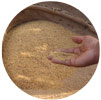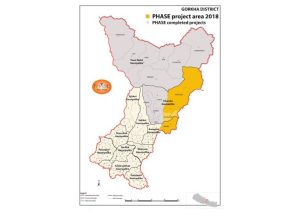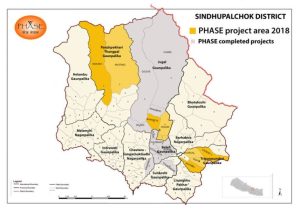The Karnali region (in Province 6 and 7) is one of the most remote and disadvantaged regions of Nepal
Both HDI (2011: 0.39) and MPI (2014: 0.23) are significantly worse than the national average (HDI for Nepal 2011: 0.538, MPI 2014: 0.116). A 2013 DFID paper emphasised that the Mid and Far West (MFW) of Nepal is the most impoverished nationally; 81% of people live in chronic poverty (21-35% nationally) and 64% are affected by high vulnerability (36-44% nationally). In the region, Humla district still has no connection to a road network, and Mugu and Bajura have both only recently been connected to the road network; the access roads are unpaved and vulnerable to obstruction by landslides and rains. Most communities are more than a day’s walk away from the road head.
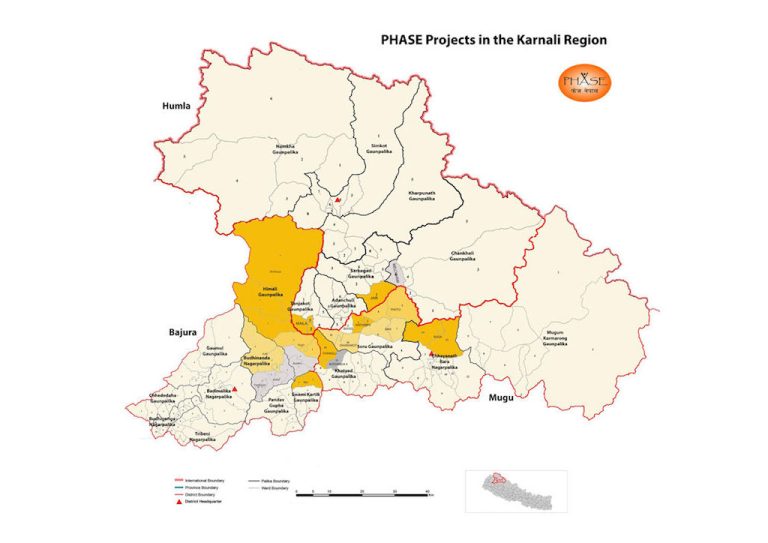
In this arid and mountainous region, only a fraction of cultivated land is irrigated and natural precipitation is becoming more unpredictable due to climate change. The region experienced the worst droughts in 30 years in 2015/6. This, coupled with low soil quality and limited knowledge of modern agricultural practice and nutrition, leads to the total local food production being inadequate to meet needs – the region is chronically highly food insecure.
In addition, the high transportation costs due to the region’s remoteness raise the cost of food to up to four times greater than national averages.
The situation of women, children and girls is particularly difficult. Remoteness, poverty and lack of services contribute to poor neonatal health outcomes: there is a lack of reliable health data for the region, but in the DHS 2011 35% of women reported receiving no antenatal care, and PHASE’s own work shows that only about 20-25% of those who have any ANC attend for the recommended four visits. Maternal and neonatal mortality are well above the national average of 239/100,000 (MMR) and 21/1,000 (NMR); literacy rates, in particular amongst women, are very low (2016: 21.8 %; m: 36.9%, f: 6.4%). Skilled attendance at delivery is also much lower than nationally: the Bajura district hospital only started providing CENOC services (including caesarean sections) in 2017, while both in Humla and Mugu district hospitals these could not be sustained, meaning that most women have to be evacuated if they need hospital care in childbirth; few nurse-led birthing centres are operating in the region. An exacerbating factor for women’s health is the tradition of menstrual exclusion (Chhaupadi) that is still practiced in the region.
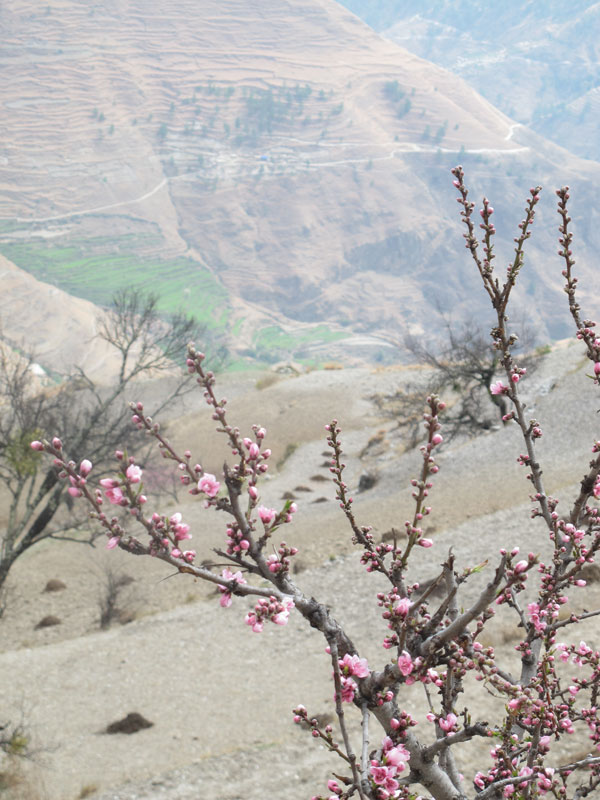
A baseline survey of 936 children conducted in the region by PHASE Nepal in 2016 showed more than 50% were at risk of malnutrition or significantly malnourished and more than 20% were severely malnourished; more than 60% are stunted.
PHASE Nepal has been active in the region since 2008 and implements health and education programmes as well as activities to improve nutrition and income opportunities; as integrated programmes, these initiatives improve the overall situation of people and aim to empower the communities.
See more project regions
GORKHA
The communities in the North of Gorkha Districts are some of the most remote villages of Nepal, with a lack of infrastructure, disadvantaged populations and …
SINDHUPALCHOK
Sindhupalchok lies roughly half a day’s journey to the North-East of Nepal’s capital Kathmandu. The district was amongst the worst-hit regions of Nepal in the April …

